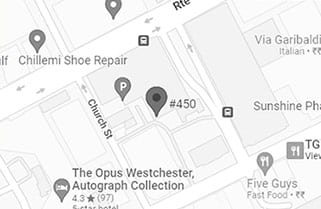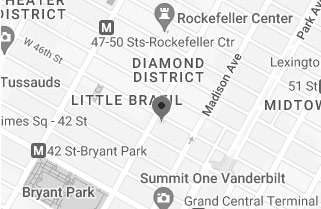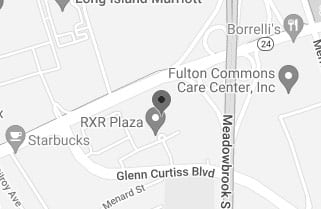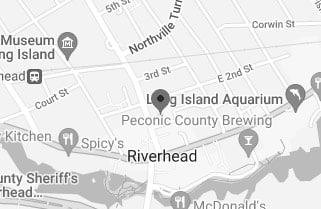One curious feature of the Covid-19 pandemic’s effects on American roadways is that while there were fewer vehicles on the roads, there was also an increase in reckless driving, accidents, and deaths.
As Axios reported in October, data provided by the National Highway Traffic Safety Administration found “traffic fatality rates increased 30%” in the second quarter of 2020. Officials attributed this spike to an increase in “risky behavior.” When researchers looked at patient data in trauma centers, they found that many “seriously injured or fatal crash victims” had been speeding, driving under the influence, and/or not wearing seatbelts. Researchers found specifically a higher presence of “alcohol, cannabinoids, and opioids” than in the same time period in previous years.
As Forbes reports, the spike in accidents coincided with a decrease in cars. Traffic volume fell by 16% during the first six months of 2020, per NHTSA data. As such, accidents decreased as well, and not only in the US: in France, a car insurance company reported that it was returning $117 million to 2.8 million policyholders “because the number of car accidents on the road had dropped 80% in the first three weeks of the pandemic,” with more than 100 fewer people driving in roadway fatalities in March 2020 than in March 2019.
Speeding increased by 12% after France initiated its lockdowns, with speeding-related fatalities rising by 15% after the lockdowns lifted. According to Forbes, this trend “particularly resulted in a spike in accidents involving cyclists (many of whom were new out onto the roads) not wearing helmets, not signalling when changing lanes and drivers not giving them enough due care.” As for the spike in accidents in the US, federal officials suggest two causes: a general increase in reckless behavior during the pandemic, and a dearth of “safety messaging” that could have educated drivers about road safety.
Research published in Accident Analysis and Prevention suggested that “factors such as the increased stress and anxiety brought about by the COVID-19 pandemic, more “free” (idle) time, increased consumption of alcohol and drugs, and greater opportunities for speeding and stunt driving,” may have contributed to reckless driving as well.
A study of traffic patterns in Connecticut uncovered similar trends. Published in medical journal The BMJ, “deadly one-car crashes more than quadrupled from late March to the end of April,” according to a report in the Hartford Courant. The spike coincided with the stay-at-home order issued by Connecticut governor Ned Lamont, which lasted from March 23rd until April 30th. One of the researchers, Mitchell Doucette, a professor at Eastern Connecticut State University, said in a statement: “Overall, the single-car crash rate increased more than two times while the fatal, single-car crash rate increased around four times.”
The study suggests that while drivers traveled 40% fewer miles after the lockdown began, crashes increased because of an increase in speeding. As Doucette put it, “an increase in speeding likely drove these findings, consistent with previous news media reports of increased speeding among motorists and reduced police presence on roadways.” A director at the Connecticut Transportation Institute at the University fo Connecticut, told the Courant that there were 25 more roadway fatalities in Connecticut in 2020 compared to 2019: by May 1, 2020 there were 87 deaths, by May 1, 2019 there were 62 deaths
Doucette recommended a number of methods by which authorities can prevent the risk of vehicle crashes in the event of future stay-at-home orders. “States should consider implementing… traffic calming measures or increasing police presence on roadways,” he said. “These strategies can potentially reduce the number of injuries on our roadways during similar, future events.”
Contact our attorneys to discuss your car accident case.




